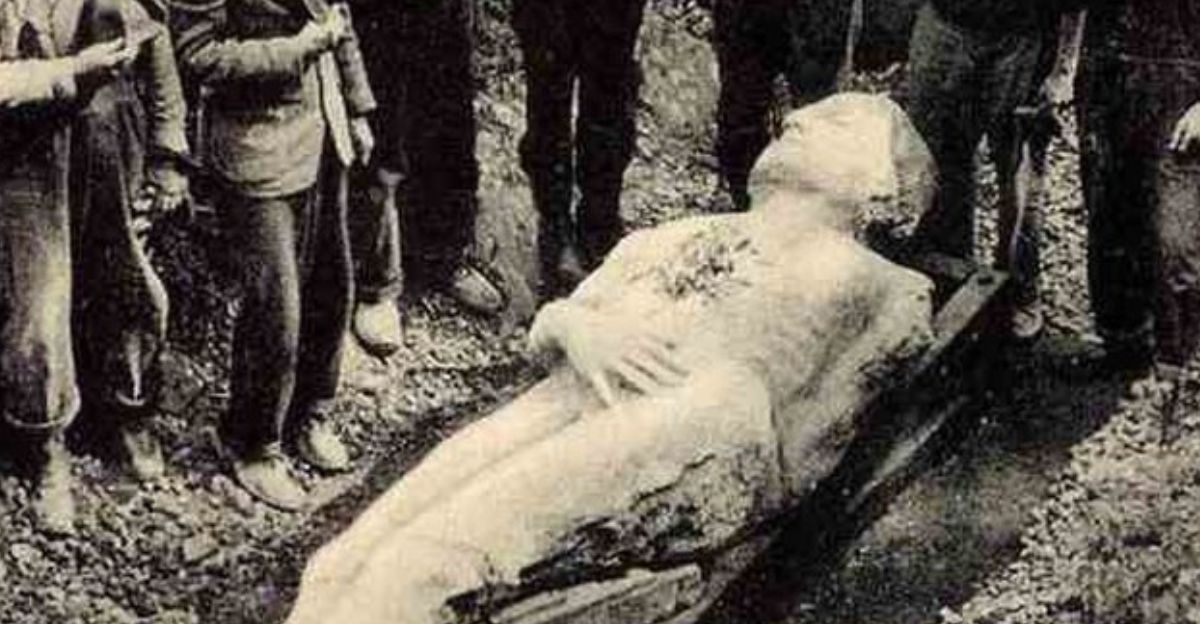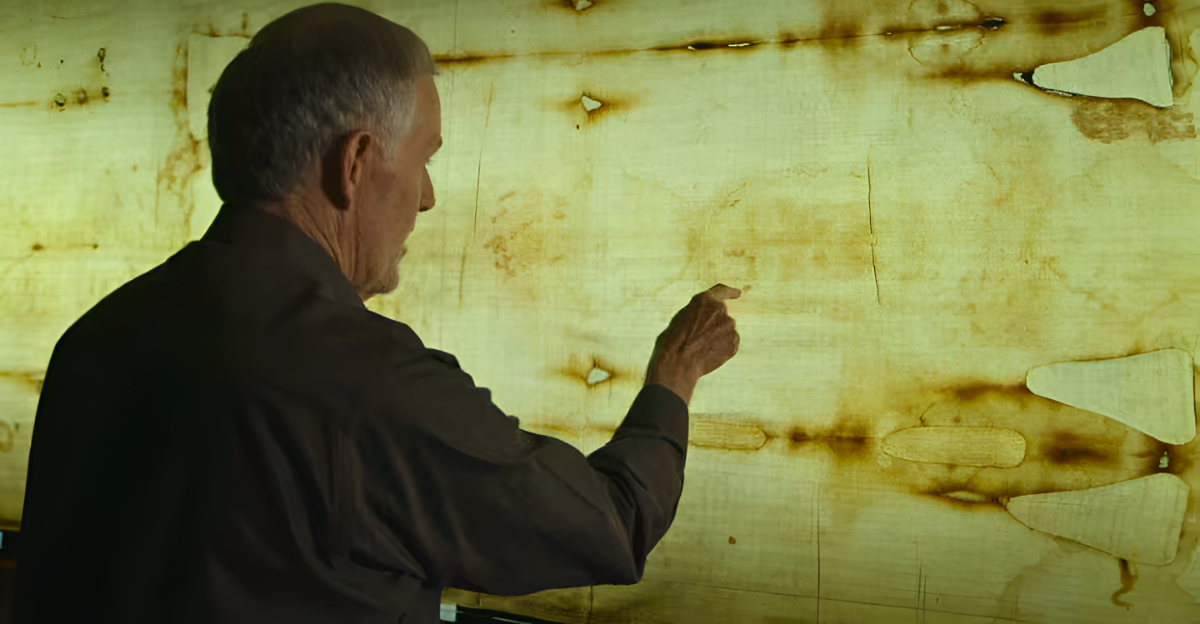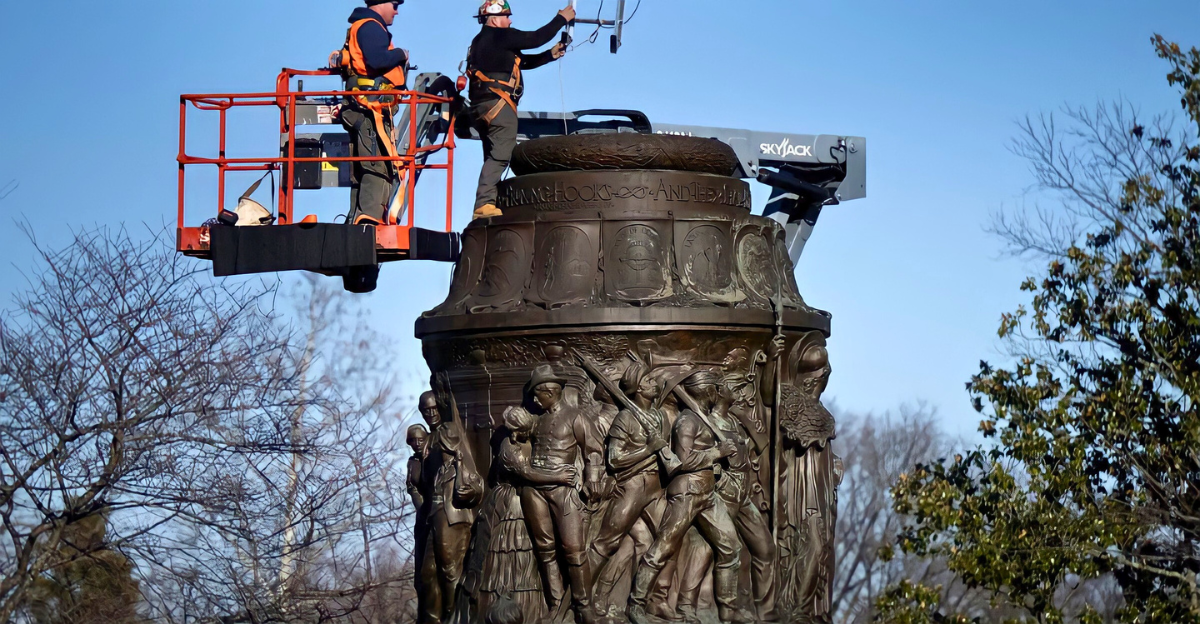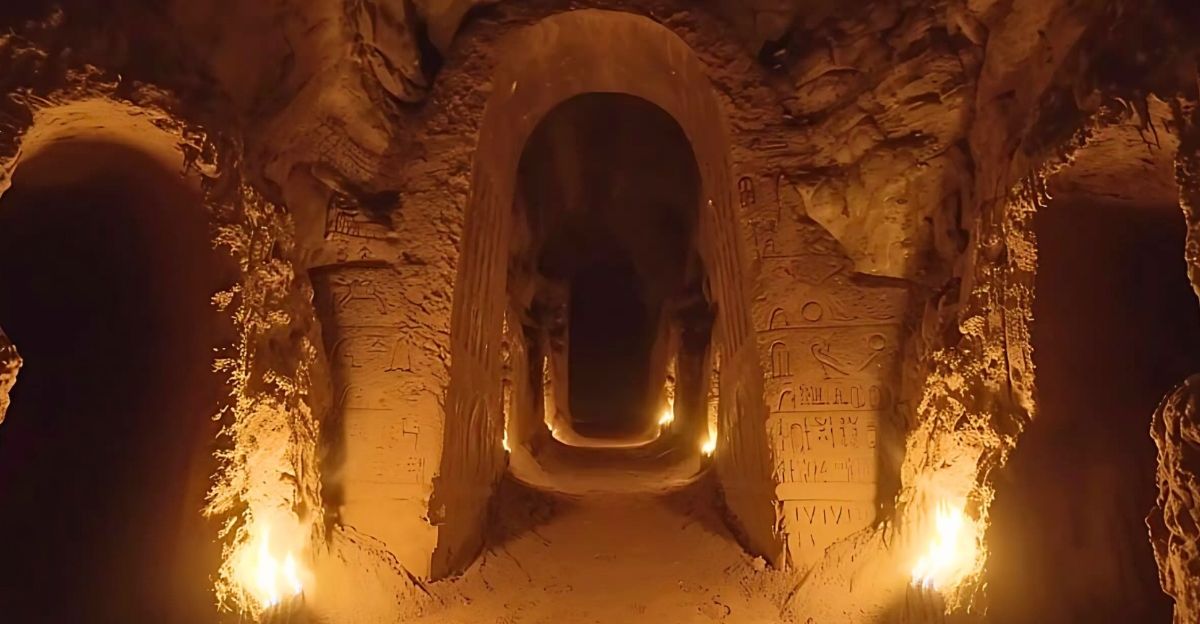
Something amazing has been hidden for millennia in the dusty soil of southwest Spain, until now. Archaeologists excavating the Valencina mega-site didn’t expect to find anything exciting, but they ended up uncovering a mystery that changed everything.
This discovery has given us an insight into ancient Europe, changing what we thought we knew. It wasn’t just any old tomb; it was a silent vault brimming with secrets. Rituals, status, and even rebellion are all evident in the artifacts found, some so small they could easily slip through your fingers.
The question is: what was in the tomb?
The Discovery’s Global Significance

As reported by Earth.com and covered in global media, when the discovery of the world’s largest bead cache became public, it made waves beyond Spain. On social media platforms, such as Reddit and TikTok, people began spreading the news, theorizing about lost cultures.
For historians and archaeologists, the discovery was paradigm-shifting. The tomb revealed evidence of a society capable of sustaining artistry, trade, and complex rituals at a scale rarely seen in the Copper Age.
The magnitude and symbolic power of the cache challenges assumptions regarding gender, power, and artisanship in prehistoric Europe.
The Tomb That Broke All Expectations
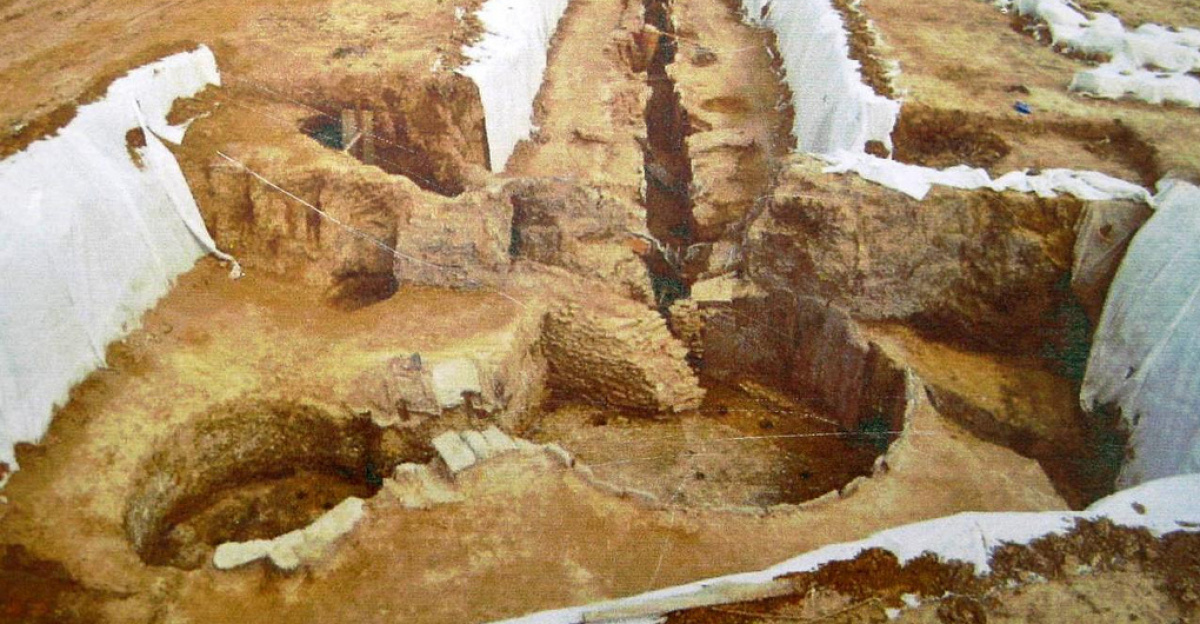
Montelirio tholos burial, located at the Valencina mega-site, isn’t your typical tomb. In fact, according to Earth.com, it stretches 39 meters (128 feet) wide beneath Valencina de la Concepción, a town outside of Seville, Spain.
This 5,000-year-old tomb, constructed between 2875 BCE and 2635 BCE, is a labyrinth of corridors and chambers and held the remains of at least 20 individuals. As reported by ArchaeologyMag, these remains are mostly female, making this tomb truly special, and indicating to a matriarchal culture lost to history.
The First Steps Toward Understanding
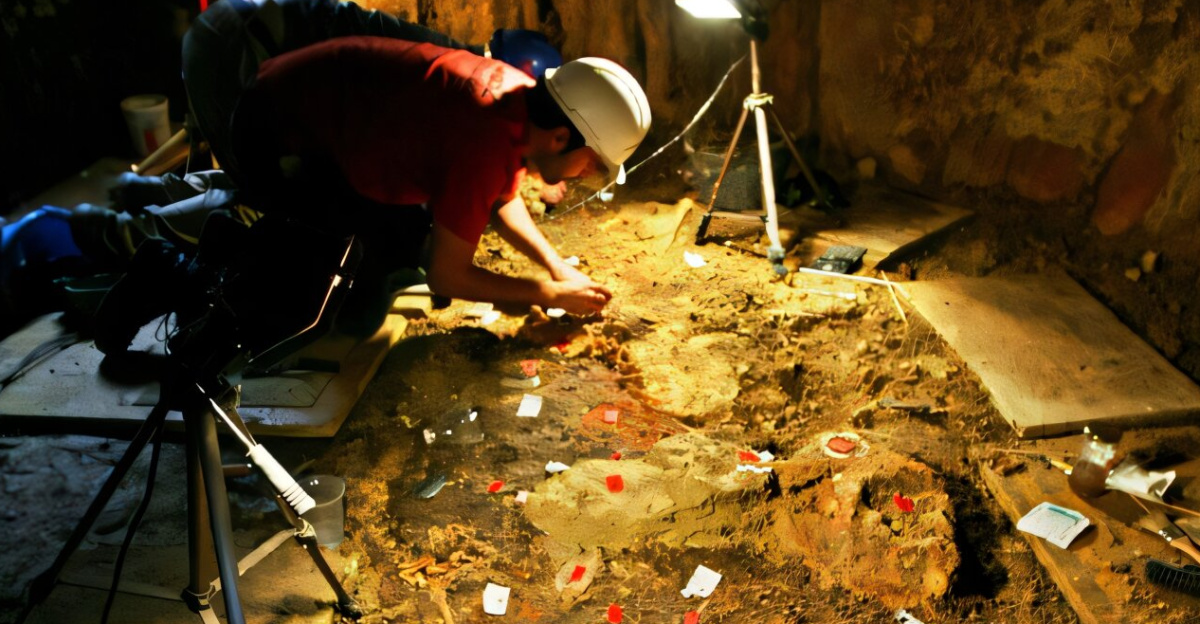
In 1868, the Montelirio tomb was first uncovered near Seville, Spain, but its secrets remained largely untouched for over a century when the site was left abandoned. According to ArchaeologyMag, it wasn’t until the region’s increasing urban expansion in the 1980s that archaeologists resumed excavation activities.
This renewed interest ultimately led to the extraordinary discoveries that have reshaped our understanding of Copper Age society, and now the site has proven to hold even more insight.
The Ivory Lady: Rethinking Power in Copper Age
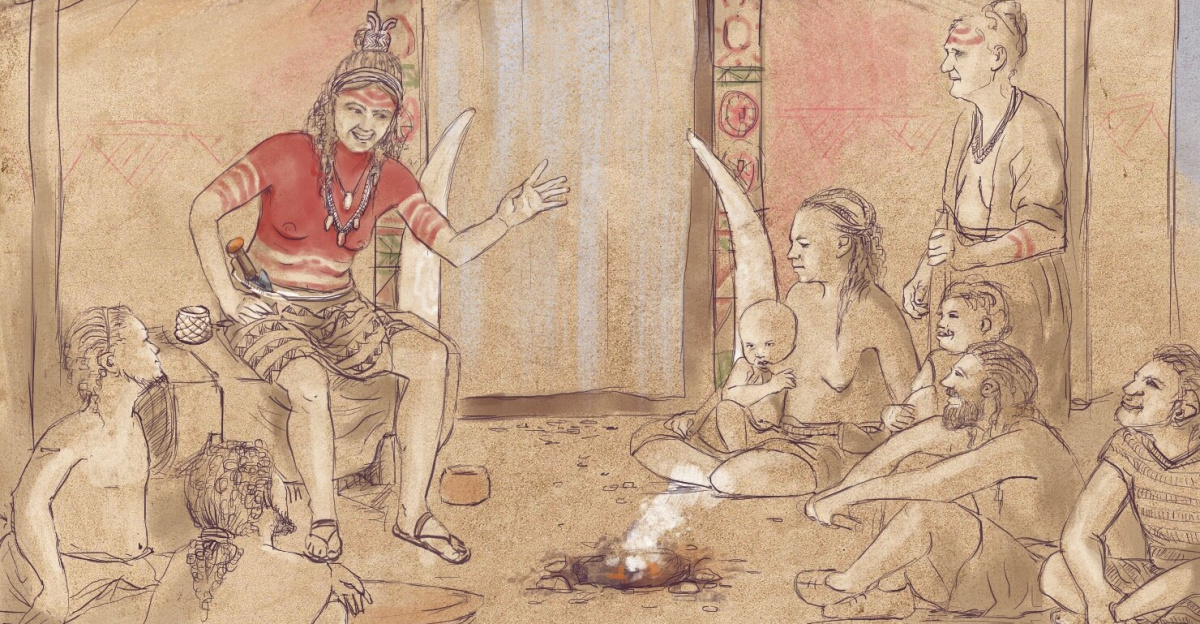
The discovery of the “Ivory Lady” at the Valencina mega-site was another piece to this elaborate puzzle. Originally thought to be a man, the skeleton was found in 2008.
But as reported by Smithsonian Magazine and LiveScience in 2023, scientific analysis, including advanced peptide-based sex identification, revealed that the remains were female.
Her burial with lavish grave goods, including an African elephant tusk and a crystal dagger, upended assumptions about gender and leadership in ancient Europe. ArchaeologyMag reported that it’s believed that she gained status through personal merit rather than inheritance.
This discovery suggests that women may have held positions of significant power, challenging longstanding narratives about prehistoric power and social complexity
The Moment of Discovery
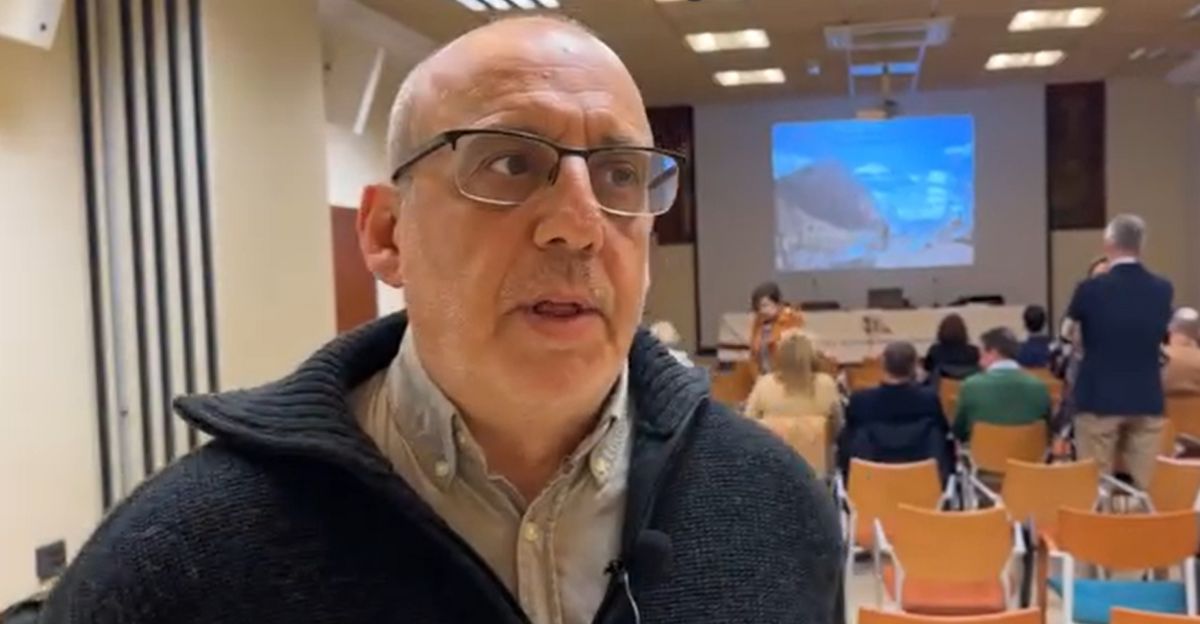
Excavation at Montelirio was relatively routine until the dirt began yielding more than bones. According to LiveScience and ArchaeologyMag, the archaeology team, led by Leonardo García Sanjuán from the University of Seville, suspected they weren’t unearthing mere burial artifacts, but rather the unique traditions of a significant culture.
The multidisciplinary team, including archaeologists, anthropologists, chemists, and specialists in ancient materials, were skeptic at first but as they continued their work, they were awestruck by the sheer enormity of their discovery.
270,000 Beads, One Burial
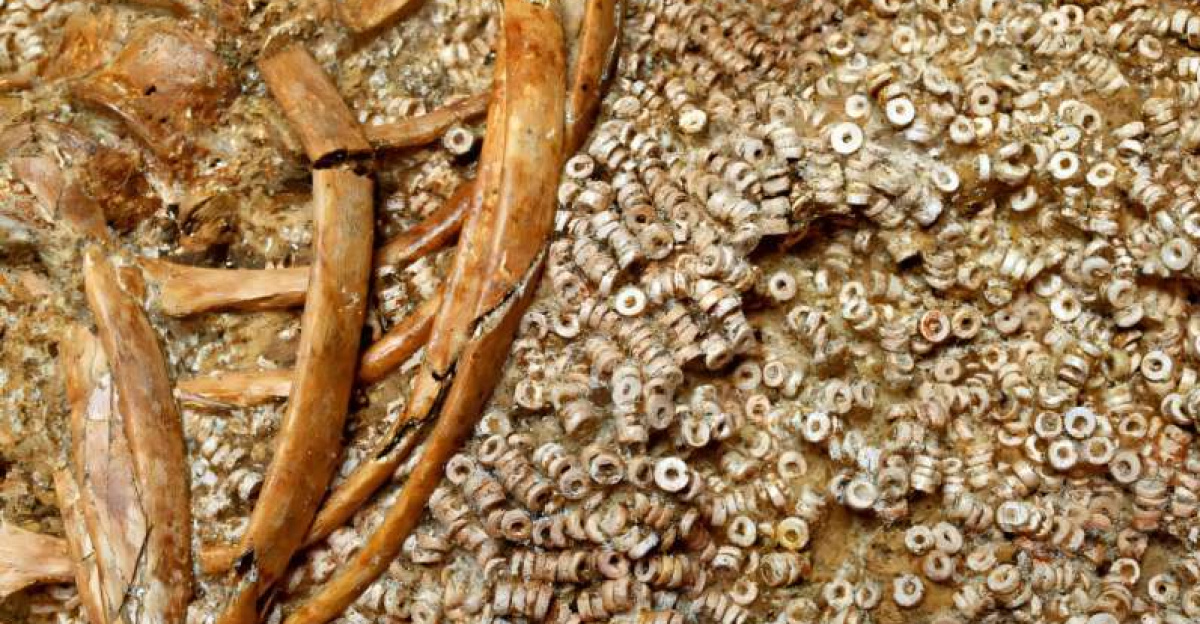
LiveScience and Earth.com reported that the team had uncovered more than 270,000 beads—predominantly made from scallop shells, but also included materials such as amber, calcite, and greenstone—were found in the tomb. According to LiveScience, this could very well be the largest bead cache ever discovered in a single burial.
ArchaeologyMag reported that the beads, some of which were stitched into flashy garments, were buried with at least 20 individuals, 15 of whom were females, suggesting that these women were of high societal standing.
What the Beads Tell Us

The beads proved to be more than just decoration. According to LiveScience, the beads adorned ritual clothing, veils, and tunics made out of linen, that likely caught the sun during ceremonies according to the team’s study.
Further, this required a lot of craftsmanship, which suggests that the garments were “made for a select group of high-status women.”
Beads as Social Currency: Ancient Networks and Rituals
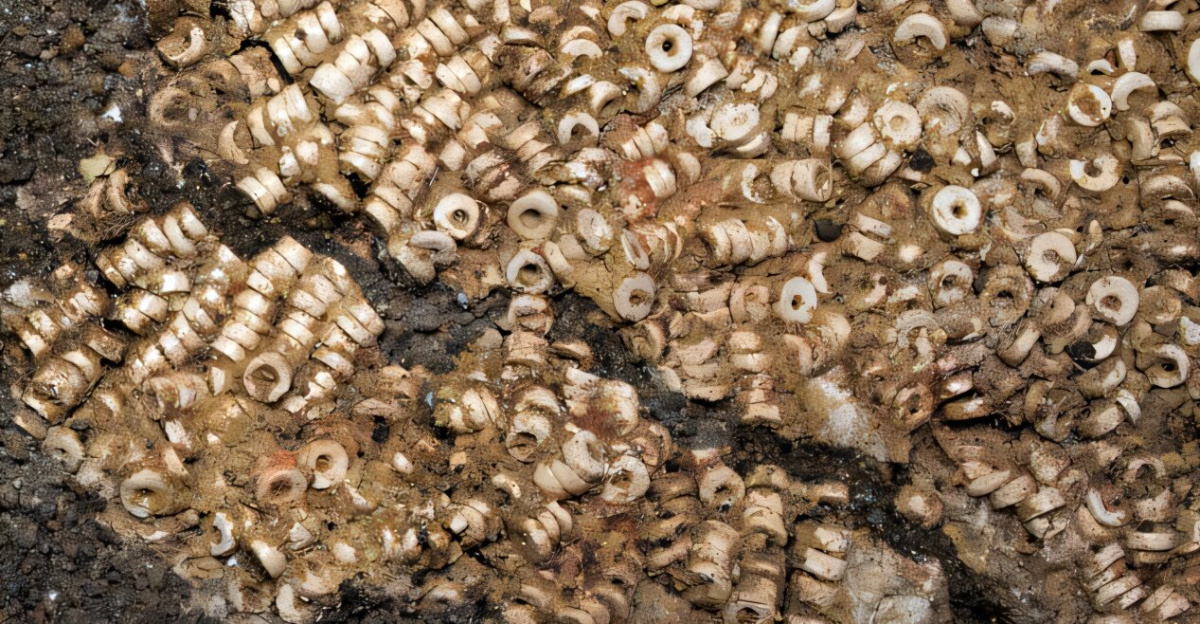
Beads aren’t merely pretty trinkets; they’re acted as currency, status symbols, and mementos for centuries. In Montelirio, the sheer quantity and design of the beads indicate a society in which ritual display and social hierarchy were paramount.
The effort that goes into creating such garments—months of communal hard work and craftsmanship—are measures of a very advanced, perhaps matriarchal, society.
The beads’ origin, from distant coasts, further attest to the commercial reach of this ancient society and the value they placed on symbolism and spectacle.
Science Meets Humanity: How the Discovery Was Made
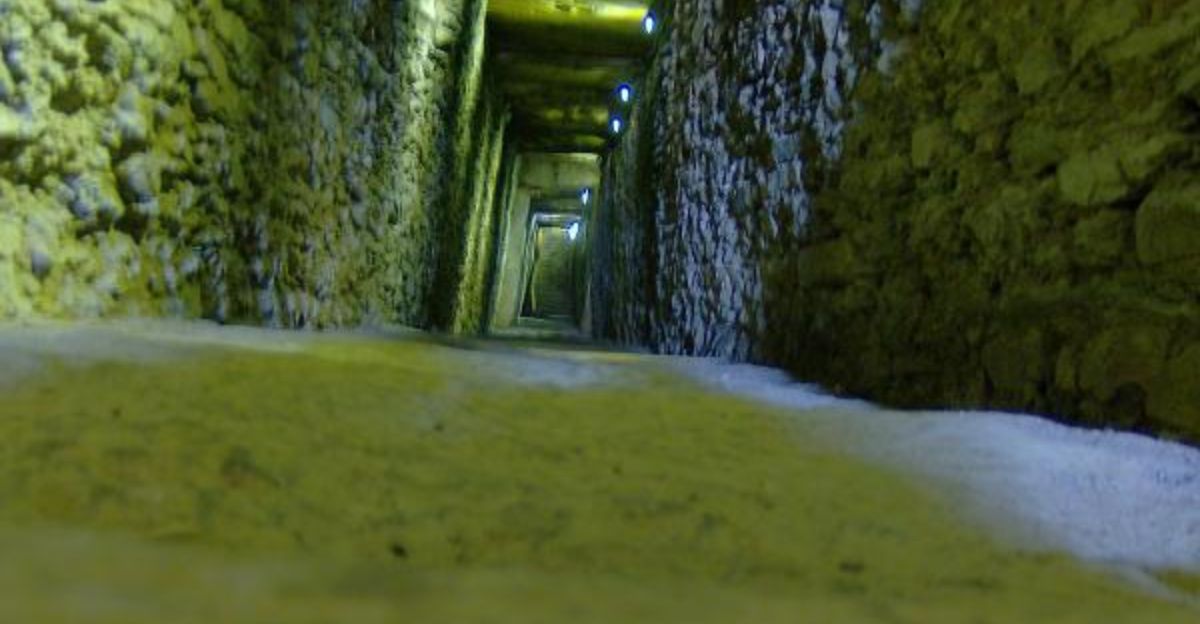
The excavation of the large tomb took place between 2010 and 2011, but it took five years to fully catalogue and study its contents. The beads and other the findings were examined using radiocarbon dating, morphometric analysis, and peptide-based sex determination.
Technology facilitated unprecedented access, helping to reveal not only the materials used 5,000 years ago but also giving us insight into the social networks and trade relationships that delivered marine shells deep inland.
The Story Isn’t Over
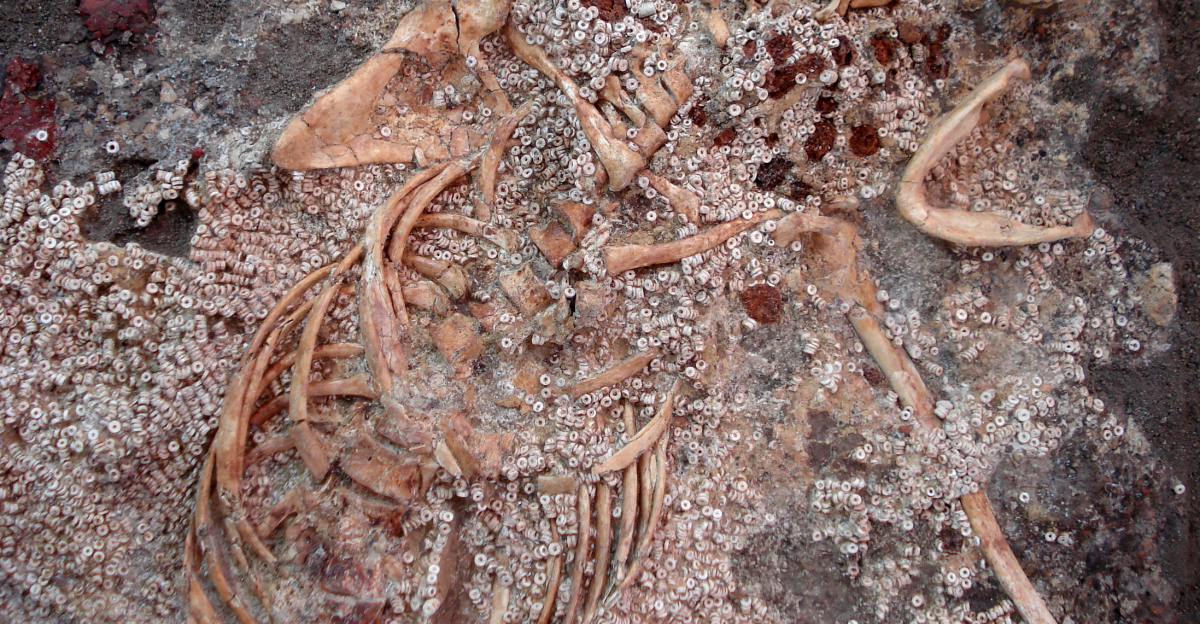
Montelirio’s bead cache isn’t just a record of the dead; it’s a letter to the living, challenging us to rethink gender, power, and artistic expression among early European societies. It reminds us that the past is always richer, more surprising, and more human than we think.
For every new technology and perspective, there will be new questions. As noted by Smithsonian Magazine, Montelirio’s beads shine as witness to imagination, labor, and the enduring mystery of what it means to be remembered.



